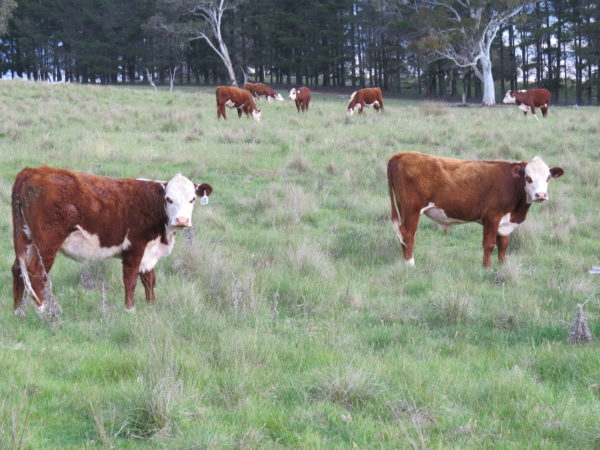Resilience in times of drought

Revegetation and strategic stock management has revitalised Gordon Williams’ property ‘Eastlake’.
The devastation from the drought of 1965 that lead into the early 1980s forced Gordon Williams, and his late father John, to re-evaluate their land management practices.
The New England grazier has farmed on ‘Eastlake’, a 1200 hectare property between Uralla and Walcha in NSW, for 47 years during which he has witnessed crippling drought conditions devastate his pastures and livestock.
Gordon and John decided to undertake revegetation and strategic stock management to revitalise pasture and soil conditions, improving drought resilience in the process. Nearly 40 years later the work undertaken at a grassroots level with his wife Wendy, has seen him considered successful in land regeneration practices.
“We commenced revegetating ‘Eastlake’ in 1981 to reverse the loss of native tree cover due to New England dieback to improve shelter for livestock and pastures and increase farm profitability,” Gordon explained.
“Once we began revegetation, aesthetics, amenity and the positive impact on the capital value of the farm became important motivations. Increasing the farm’s biodiversity and resilience, and conserving native flora and fauna, also motivated us.”
Revegetating the missing understorey with direct seedling of wattle and eucalyptus and planting Bursaria and other shrub species has dramatically changed shelter and biodiversity. Gordon reported less rainfall run-off because of better ground cover and retained herbage mass, as well as having better growth due to fertility, shelter and plant species.
Gordon’s long-term native revegetation program has been hailed a success in ecological restoration and landscape repair.
In 2014, Eastlake was selected as one of 15 sites to reconnect and revitalise the landscape in partnership with the Northern Tablelands Local Land Services and Southern New England Landcare.
“I don’t think there’s any doubt that if we can improve biodiversity in our agricultural systems, there will be huge advantages. Birds, spiders and other species prey on bugs and keep them in balance,” Gordon said.
“Country that’s denuded and bare will never be worth as much on the market as a property that’s well-managed with good shelterbelts and a healthy ecosystem. It is about balancing production and the environment and finding a sweet spot that fits your operation.”
To read more about Gordon Williams’ work at Eastlake, go to snelandcare.org.au



